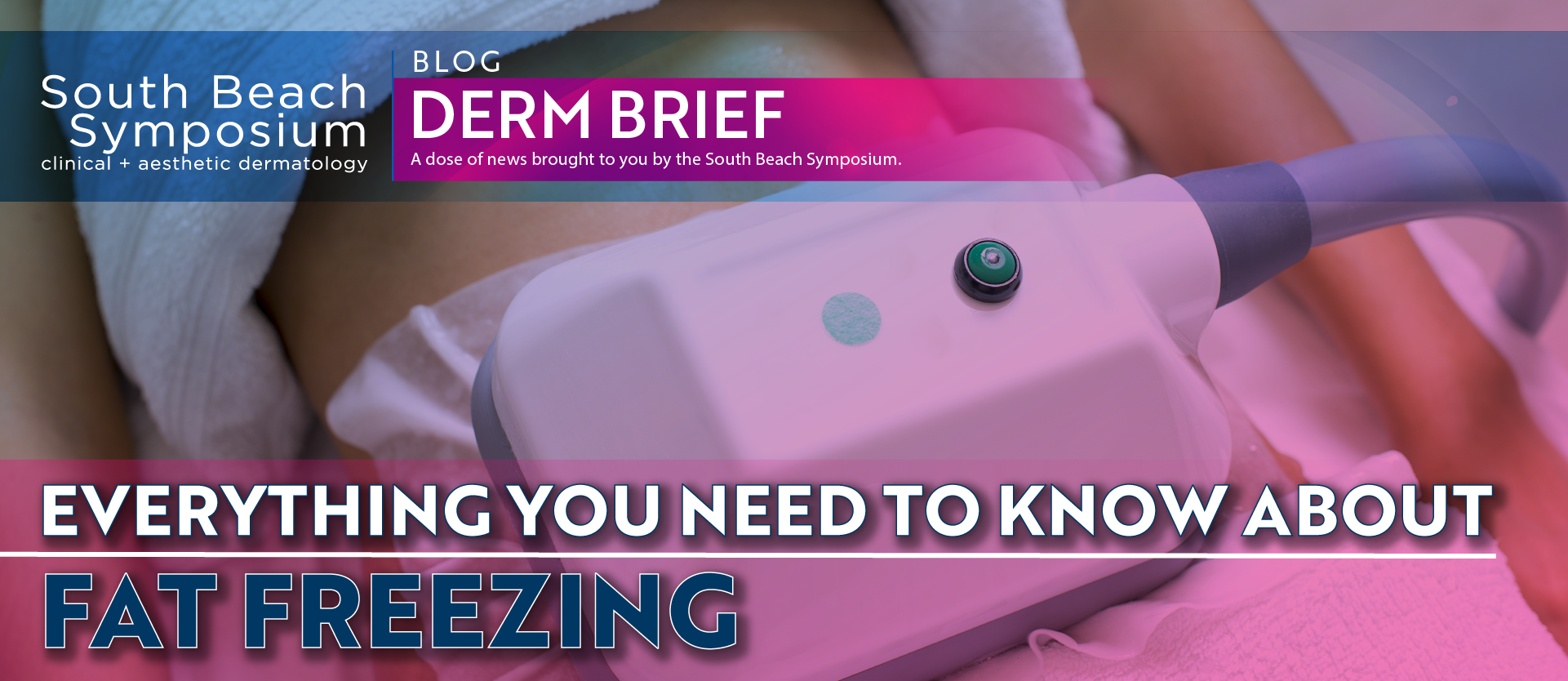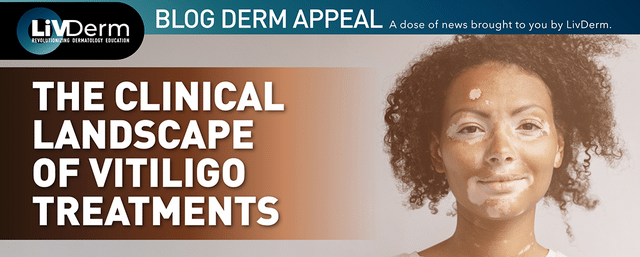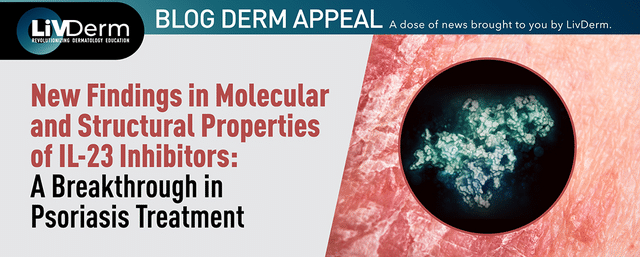Nearly a quarter-million more cosmetic procedures were performed in 2018 than in the previous year, according to new data from the American Society of Plastic Surgeons (ASPS). The statistics reveal a surge in body sculpting procedures, and especially a rise in new trends such as non-invasive fat reduction. Increasingly, patients are choosing non-surgical alternatives over liposuction and other invasive body contouring methods. Fat freezing or cryolipolysis, has become popularized as a safe and effective fat reduction procedure, commonly referred to by its branded name, CoolSculpting.
Fat Freezing Procedure
Originating from research on frostbite – which found that fat cells have a lower freezing point than skin cells – cryolipolysis procedures target and freeze fat cells, resulting in up to 20-25% reduction in treated areas. FDA-approved and non-invasive, CoolSculpting does not damage other cells or underlying tissue and can effectively minimize fat if done safely by a professional.
Patients can choose which area of the body they would like to target, including the stomach, pectorals, thighs, arms, buttocks, and neck area. Most fat freezing procedures take around an hour, during which practitioners vacuum the skin above the fatty tissue into a cooling applicator. Cold temperatures numb the area and minimal pain has been reported by patients. As it is a non-invasive procedure, there is no recovery time associated with CoolSculpting although patients may report soreness similar to post-workout aches.
Does it Work?
Various clinical studies have found fat freezing to be an efficacious method of fat reduction in targeted areas that may be resistant to diet and exercise. The procedure is associated with few complications, and leads to less side effects than alternative invasive procedures such as liposuction. Results are usually long-lasting, though it may take 8-12 weeks for noticeable effects to appear and multiple sessions to attain optimum fat reduction.
Although CoolSculpting can reduce fat levels, it does not completely remove all fat cells and may not work on all patients. Diet, nutrition, and other lifestyle factors also play an important role in achieving and maintaining fat reduction, while the buildup of excess skin after removal cannot be tightened with CoolSculpting.
Clinical Research
Current data implicates fat freezing to be an effective cosmetic procedure for fat reduction. A 2015 systematic review published in Plastic and Reconstructive Surgery proved cryolipolysis reduced caliper-measured areas of fat by an average of 15% to 28.5%. Ultrasound measurements revealed a reduction between 10.3% to 25.5% in treated areas.
An average fat reduction of nearly 20% was found in a separate review, published in the Aesthetic Surgery Journal in 2015. At short-term follow-up, researchers found a decrease in fat cell deposits after cryolipolysis with negligible complications.
However, not enough is known about the long-term effects and outcomes of the procedure. Studies primarily follow subjects for a short period of time after cryolipolysis and longer-term investigations are necessary in order to determine how effective the procedure really is.
Safety
As CoolSculpting is a non-invasive procedure, it does not involve anesthetics or puncturing of the skin, thus it carries less risk than liposuction. Cryolipolysis has been deemed mostly safe by the medical community however, it can carry potential adverse effects. Less than 1% of study participants reported complications, according to the 2015 review. Although there was no reduction in liver function or lipid levels, some patients reported having less sensation in the treated area. Compared to liposuction and other invasive procedures, fat freezing carries relatively little risk.
Suggested Patient Demographics
Fat freezing may not be for everyone. Individuals looking for immediate results in a single treatment may be recommended liposuction as a more effective option. Additionally, cryolipolysis is not designed for major fat removal and should be used to treat patients looking for moderate improvements in fat levels. Important factors to consider before recommending treatment are age and skin quality – thick, firm skin is often more difficult to treat and may bruise more easily in the process.
Patients looking for other non-surgical fat reduction procedures may be interested in injection lipolysis (Kybella), laser lipolysis (SculpSure), and radiofrequency lipolysis which relies on radio waves to destroy fat cells.
Although cryolipolysis has been proven as an effective method for permanent fat reduction in specifically targeted areas, results may vary by patient and not be as significant as after invasive removal procedures. However, it comes with decreased risk of associated complications and no recovery time, making it a favorable option for many patients.
















